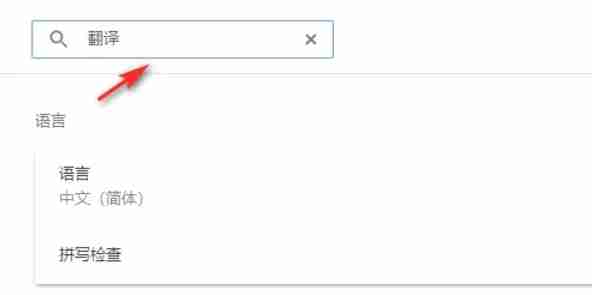Mastering Google Chrome's Built-in Translation: A Comprehensive Guide
This guide provides a step-by-step walkthrough of using Google Chrome's translation features, covering whole-page translation, selected text translation, and personalized settings adjustments. By following these instructions, you'll effortlessly navigate multilingual websites.
Step 1: Accessing the Settings Menu
Locate and click the Chrome menu icon (typically three vertical dots or three horizontal lines) in the upper right-hand corner of your browser window.

Step 2: Navigating to Settings
In the dropdown menu, select "Settings." This will open Chrome's settings page.

Step 3: Locating Translation Settings
At the top of the settings page, you'll find a search bar. Enter "Translate" or "Language" to quickly find the relevant settings.

Step 4: Accessing Language Settings
Once located, click on the "Languages" or "Translation" option.
Step 5: Managing Languages
In the language settings, you'll see a list of supported languages. Click "Add languages" to add new languages or manage existing ones.

Step 6: Enabling Automatic Translation
On this page, locate the option "Offer to translate pages that aren't in a language you read." Ensure this setting is enabled. Chrome will then prompt you to translate pages not in your default language.
By following these steps, you'll unlock Google Chrome's powerful translation capabilities, enhancing your browsing experience across multiple languages.

























